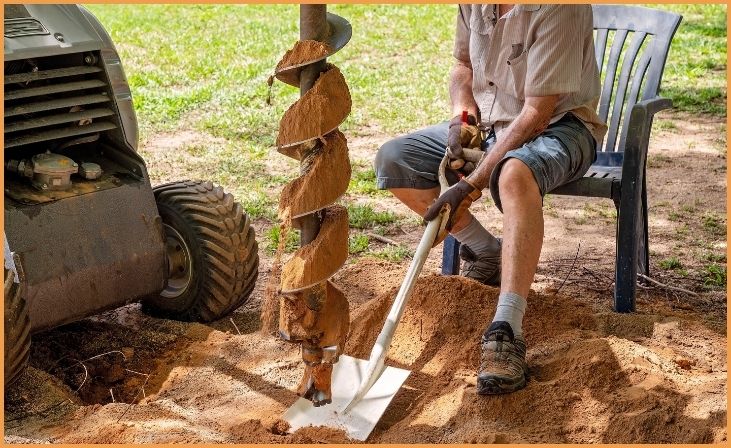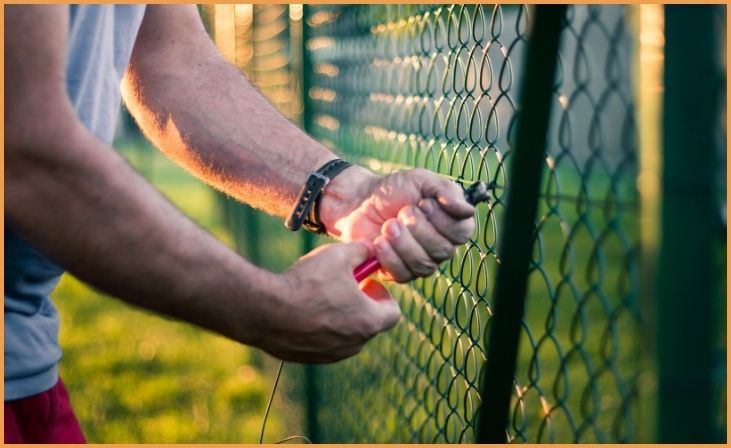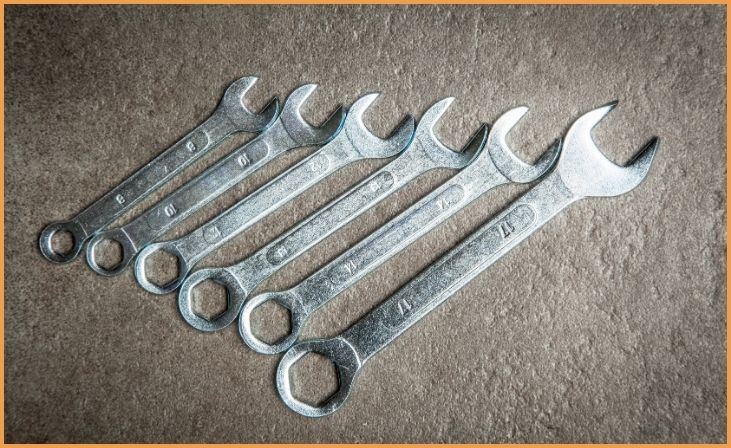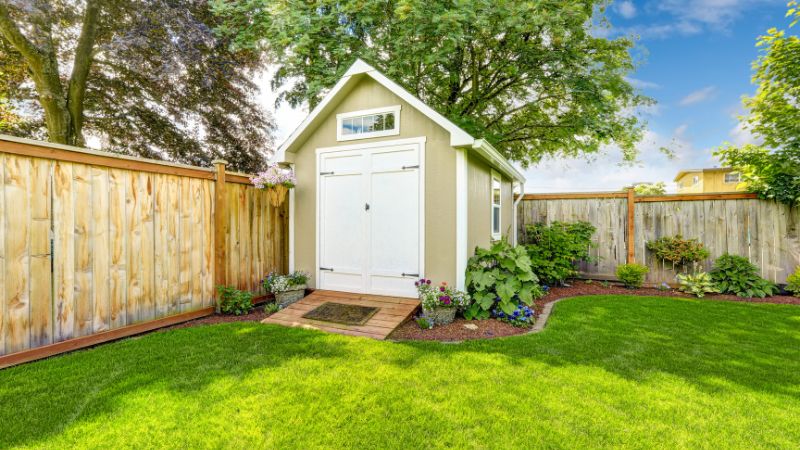If you’re a fencing contractor, having the right tools can make all the difference in your projects. From precise measurements to durable installations, the right equipment ensures efficiency and quality in every job. In this blog, we’ll explore the 10 must-have fencing tools every fencing contractor should have in their arsenal. These tools not only enhance your productivity but also guarantee that your fencing projects are completed to the highest standard. Whether you’re installing residential fences or tackling larger commercial projects, investing in these essential tools will help streamline your work and achieve professional results. Read on to discover which tools can elevate your fencing game and make your job easier.
10 Must-Have Fencing Tools For Every Fencing Contractor
1. Post Hole Digger

A post hole digger is a fundamental tool for any fencing contractor. This tool allows you to dig holes for fence posts quickly and efficiently, which is crucial for setting up a sturdy fence. The design typically features two long handles and a pair of scoops that can penetrate the ground, making it easier to remove soil and debris. Using a post hole digger helps achieve consistent hole depths and widths, ensuring that fence posts are securely anchored. For contractors dealing with various soil types, investing in a high-quality, adjustable post hole digger can significantly improve productivity and accuracy on the job.
Also Read:- Fencing Solutions Unveiled By The Best Fence Contractors
2. Tape Measure
Accurate measurements are critical for any fencing project, and a tape measure is the tool that ensures precision. A sturdy tape measure with a locking mechanism is ideal for taking consistent measurements of fence lengths, post distances, and heights. It’s important to select a tape measure that offers a long reach and a durable, retractable tape to withstand outdoor conditions. A measuring tape with both imperial and metric markings provides versatility, especially when working with different measurement systems. For efficiency, consider a tape measure with a wide blade and a comfortable grip, which makes measuring and reading easier.
3. Level
Ensuring that your fence is perfectly level is crucial for both aesthetics and functionality. A high-quality level helps achieve this by providing accurate horizontal and vertical alignments. Levels come in various forms, including bubble levels and laser levels. Bubble levels are straightforward and effective for small to medium-sized projects, while laser levels are beneficial for larger projects requiring precise alignment over long distances. A level with a large, easy-to-read vial and a strong, durable frame ensures reliable performance and longevity. It is recommended that you make use of a level on a regular basis throughout the installation process in order to ensure that the alignment remains consistent.
4. Fence Post Driver
A fence post driver is an essential tool for driving fence posts into the ground efficiently. This tool typically consists of a heavy, cylindrical driver that fits over the top of the post, allowing contractors to pound it into the soil with minimal effort. A well-designed post driver can handle various post sizes and materials, including wood and metal. It’s important to choose a post driver that matches the type of posts you use and the soil conditions you encounter. Using a post driver speeds up the installation process and ensures that posts are set firmly, which is crucial for a stable and durable fence.
5. Fence Pliers

Fence pliers are a versatile tool used for a range of tasks in fencing, including cutting, bending, and twisting wire. They often feature a combination of functions, such as wire cutters, crimping tools, and gripping surfaces. This multi-functional tool is essential for securing and adjusting wire fencing materials, making it an indispensable part of a contractor’s toolkit. When selecting fence pliers, look for a model with strong, sharp jaws and ergonomic handles for ease of use. Durable, high-quality fence pliers can handle tough wire and reduce hand fatigue, making them ideal for long working hours.
6. Post Level
A post level is a specialized tool designed to ensure that fence posts are perfectly vertical before securing them. This tool attaches directly to the post and features vials that indicate whether the post is level in both directions. Post levels are typically compact and easy to use, allowing contractors to make precise adjustments during installation. Some models come with magnetic or clamping features to hold the level securely in place. For accuracy, choose a post level that offers clear, easy-to-read vials and is made from durable materials that can withstand outdoor conditions.
7. Utility Knife
A utility knife is a handy tool for cutting various materials used in fencing, including wire, plastic sheeting, and fabric. A sharp, durable blade is essential for making clean, precise cuts, which helps ensure that materials fit correctly and perform well. Many utility knives feature retractable blades, which enhance safety and convenience. When selecting a utility knife, opt for one with a comfortable grip and a blade that can be easily replaced or sharpened. This tool is particularly useful for trimming and adjusting materials on-site, making it a valuable addition to any fencing contractor’s toolkit.
8. Post Puller
A post puller is an important tool for removing fence posts that need to be replaced or adjusted. This tool uses leverage to pull posts out of the ground without damaging surrounding soil or materials. Post pullers come in various designs, including manual and hydraulic models. Manual post pullers are effective for smaller projects, while hydraulic models are suitable for larger or more challenging jobs. A post puller should be durable and capable of handling the size and type of posts you work with. Using a post puller can save time and effort compared to manual removal methods, improving efficiency on the job.
9. Wrench Set

A wrench set is crucial for assembling and securing various fencing components, such as hardware and fittings. Wrenches come in different sizes and types, including adjustable, socket, and combination wrenches. A comprehensive wrench set ensures that you have the right tool for any fastening job, whether you’re working with nuts, bolts, or other fasteners. For fencing contractors, a set that includes a range of sizes and types is essential for versatility and convenience. High-quality wrenches made from durable materials can withstand heavy use and provide reliable performance, making them a valuable addition to your toolkit.
Also Read:- Best Fencing Solutions For Pet Owners
10. Post Hole Auger
A post hole auger is a more advanced tool for digging deeper and wider holes for fence posts, especially in hard or rocky soil. This tool features a helical blade that cuts through the ground and removes soil efficiently. Post hole augers can be operated manually or powered, with powered models offering greater efficiency and ease of use. For contractors dealing with challenging ground conditions, investing in a post hole auger can significantly reduce the time and effort required for digging. When choosing an auger, consider the size of the holes you need to dig and the type of soil you’ll be working with.
Conclusion
Equipping yourself with the right tools is crucial for any fencing contractor aiming to deliver top-notch work. By incorporating these 10 must-have fencing tools into your toolkit, you’ll be well-prepared for a variety of projects, from installation to maintenance. Investing in quality tools not only improves your efficiency but also enhances the durability and appearance of your fences. Stay ahead of the competition and ensure your projects are executed flawlessly with these essential tools. Remember, the right equipment is the foundation of successful fencing work.
FAQs
What are the top 3 essential fencing tools?
The top three essential fencing tools are a post hole digger, a tape measure, and a level. These tools are crucial for accurate measurements and proper installation.
How do I choose the best fencing tools for my needs?
Choose fencing tools based on the type of projects you handle and the materials you work with. Look for durability, ease of use, and quality in construction to ensure reliability and efficiency.




